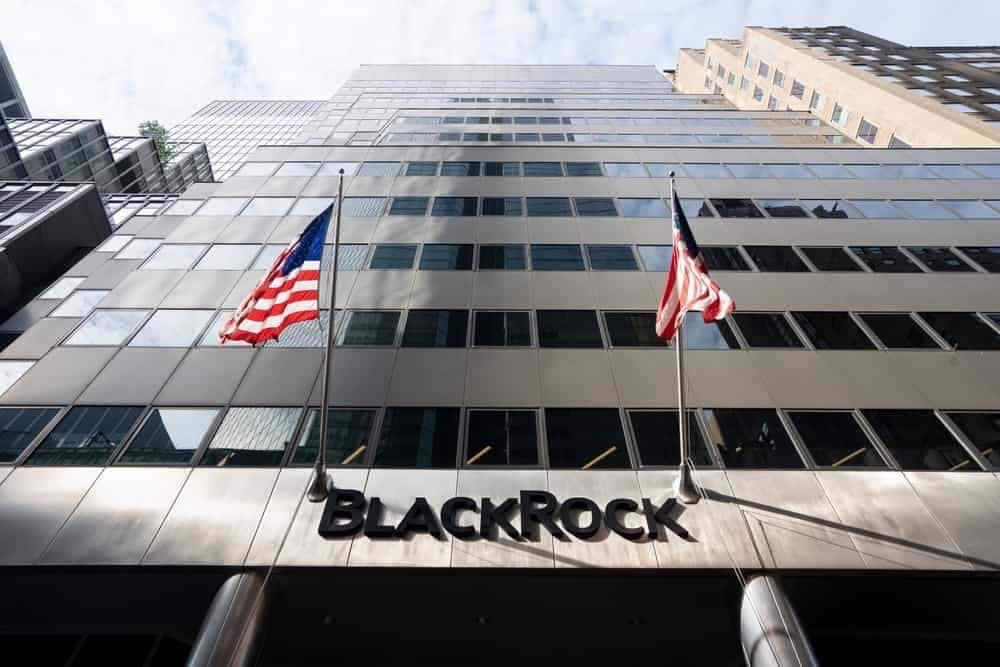BlackRock Inc. (NYSE: BLK) is the largest asset manager in the world, and the cryptocurrency market enthusiastically awaits its US spot Bitcoin ETF. Bitcoin (BTC) investors and analysts speculate on the effects of an expected approval of this financial product that is still under the SEC’s review.
Interestingly, the public document sent to the regulators discloses different risks related to the ETF. Among the “Risk Factors,” BlackRock mentions an indirect exposure to stablecoins such as Tether USD (USDT) and Circle USD (USDC).
“While the Trust does not invest in stablecoins, it may nonetheless be exposed to risks that stablecoins pose for the bitcoin market and other digital asset markets.”
— BlackRock
Following this introductory disclosure, the company explains what a stablecoin is and that its “market value may fluctuate.” According to BlackRock, this observed volatility exists despite the protocol’s mechanism to keep the token’s price “stable” against its pegged asset or currency.

Stablecoins’ volatility ‘apparently impacted the price of bitcoin’
Notably, the financial giant points toward an impact of stablecoins on the price of Bitcoin, which would affect its spot ETF performance.
“This volatility has in the past apparently impacted the price of bitcoin. Stablecoins are a relatively new phenomenon, and it is impossible to know all of the risks that they could pose to participants in the bitcoin market.
— BlackRock
In addition, some have argued that some stablecoins, particularly Tether, are improperly issued without sufficient backing in a way that, when the stablecoin is used to pay for bitcoin, could cause artificial rather than genuine demand for bitcoin, artificially inflating the price of bitcoin.”
BlackRock considers Tether and Circle as a risk to spot Bitcoin ETF
In the meantime, BlackRock explains that stablecoins play a “foundational role” in cryptocurrencies’ health:
“(…) their fundamental liquidity can have a dramatic impact on the broader digital asset market, including the market for bitcoin. Because a large portion of the digital asset market still depends on stablecoins such as Tether and USDC, there is a risk that a disorderly de-pegging or a run on Tether or USDC could lead to dramatic market volatility in digital assets more broadly.”
— BlackRock
On that, the iShare Bitcoin ETF document also mentions historical events that bring doubt to Tether’s USD reserves and liquidity for USDT users:
“On February 17, 2021, the New York Attorney General entered into an agreement with Tether’s operators, requiring them to cease any further trading activity with New York persons and pay $18.5 million in penalties for false and misleading statements made regarding the assets backing Tether. On October 15, 2021, the CFTC announced a settlement with Tether’s operators in which they agreed to pay $42.5 million in fines to settle charges that, among others, Tether’s claims that it maintained sufficient U.S. dollar reserves to back every Tether stablecoin in circulation with the “equivalent amount of corresponding fiat currency” held by Tether were untrue.”
— BlackRock
Moreover, the company cites a relevant de-peg event involving Circle’s token and the United States financial and banking system.
“While USDC is designed to maintain a stable value at 1 U.S. dollar at all times, on March 10, 2023, the value of USDC fell below $1.00 for multiple days after Circle Internet Financial disclosed that US$3.3 billion of the USDC reserves were held at Silicon Valley Bank, which had entered Federal Deposit Insurance Corporation (“FDIC”) receivership earlier that day. Stablecoins are reliant on the U.S. banking system and U.S. treasuries, and the failure of either to function normally could impede the function of stablecoins, and therefore could adversely affect the value of the Shares.”
— BlackRock
In this context, the largest asset manager in the world concludes that its indirect exposure to stablecoins presents risks to investors of the Shares. Among the points of concern related to stablecoins are: Volatility, operational issues, unbacked reserves, potential manipulative activity, and regulatory concerns.









